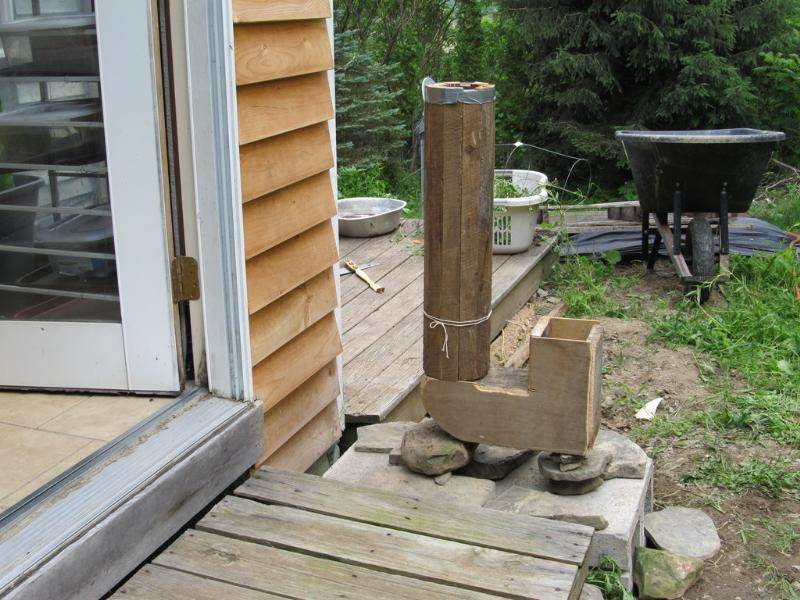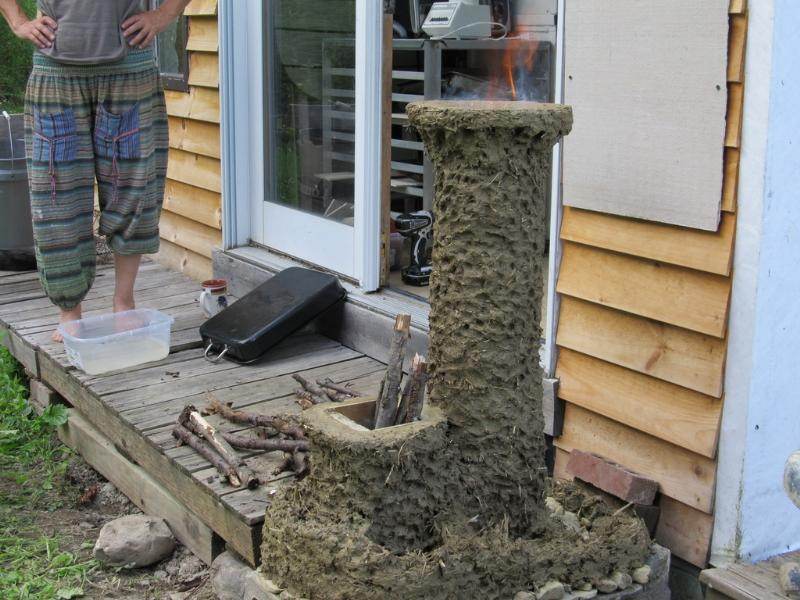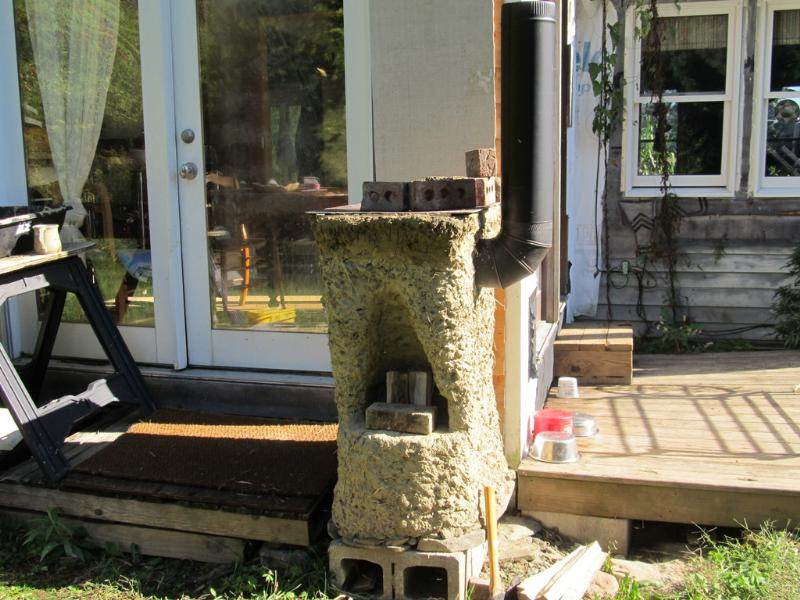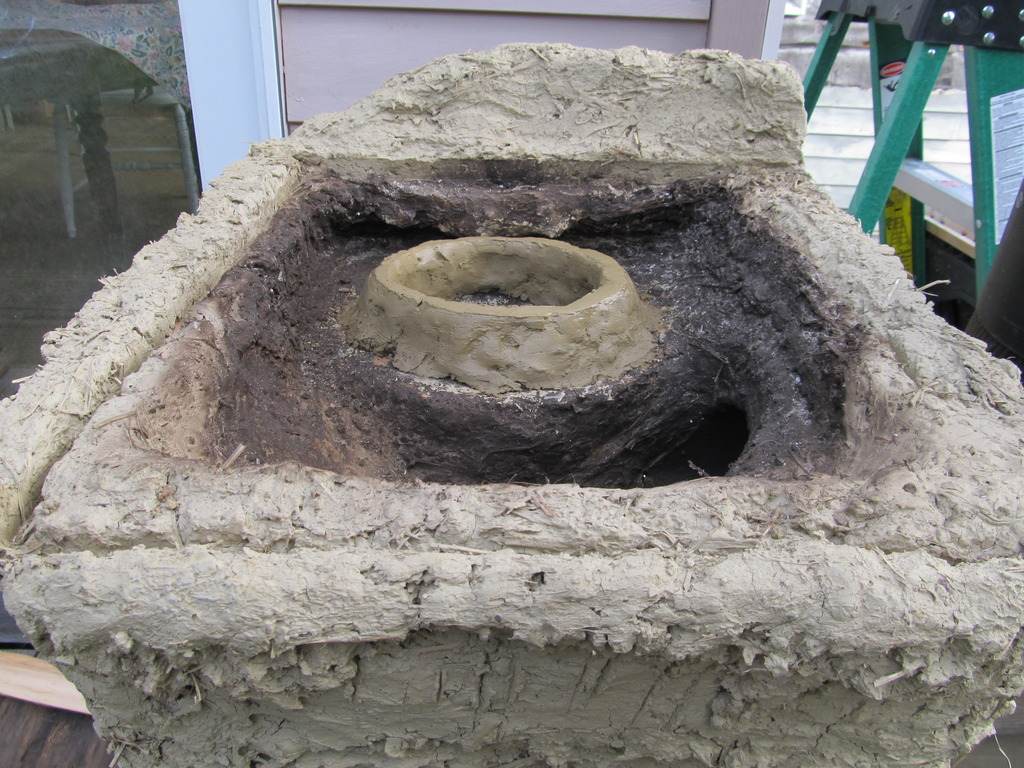






 1
1




"Never doubt that a small group of thoughtful, committed citizens can change the world; indeed, it's the only thing that ever has."-Margaret Mead "The only thing worse than being blind, is having sight but no vision."-Helen Keller




Rocket Mag evolution timeline: http://www.permies.com/t/52316/rocket-stoves/Rocket-stove-heats-water-pics
Rocket Mag Thread: http://www.permies.com/t/54074/rocket-stoves/Rocket-Mag-heater-Rocket-Mag














"Never doubt that a small group of thoughtful, committed citizens can change the world; indeed, it's the only thing that ever has."-Margaret Mead "The only thing worse than being blind, is having sight but no vision."-Helen Keller




Rocket Mag evolution timeline: http://www.permies.com/t/52316/rocket-stoves/Rocket-stove-heats-water-pics
Rocket Mag Thread: http://www.permies.com/t/54074/rocket-stoves/Rocket-Mag-heater-Rocket-Mag
 1
1








... it´s about time to get a signature ...

 2
2












God of procrastination https://www.youtube.com/watch?v=q1EoT9sedqY





















i would not "saturate" the sawdust since that may create a larger amout of steam and cause the clay to crack when fired.
as far as i know, cob without sand will very often develop cracks when drying. it totally depends on the mixture of your clay. the clay will need the sand particles to form a structure.
often it s 1 part of clay to 1-2 parts of sand along with some short fibres for tensile strenght (chopped straw, animal hair ...). your mixture will need testing at different ratios.
"Never doubt that a small group of thoughtful, committed citizens can change the world; indeed, it's the only thing that ever has."-Margaret Mead "The only thing worse than being blind, is having sight but no vision."-Helen Keller




Rocket Mag evolution timeline: http://www.permies.com/t/52316/rocket-stoves/Rocket-stove-heats-water-pics
Rocket Mag Thread: http://www.permies.com/t/54074/rocket-stoves/Rocket-Mag-heater-Rocket-Mag





God of procrastination https://www.youtube.com/watch?v=q1EoT9sedqY














i would love to see your all cob rocket stove.
Crushing thoses would make something rather similar to grog, which you find in firebricks.
And for inspection of your bell. Use an insert door.
"Never doubt that a small group of thoughtful, committed citizens can change the world; indeed, it's the only thing that ever has."-Margaret Mead "The only thing worse than being blind, is having sight but no vision."-Helen Keller








Glenn Herbert wrote:The stove the women are making is not a rocket, but the techniques are applicable.
I have built a rocket bake oven and a rocket stove of cob. The oven has a cob L-tube with about 6" diameter, 2'+ horizontal and 30" vertical splitting into several channels under the (firebrick) oven floor and entering the oven at the edges, then leaving through a chimney. It takes some time to heat up, but bakes well. By the charring on the wood door, it gets to at least 400F inside.
The stove is all cob, formed around a sacrificial scrap wood inner 6" J-tube form, with a 1/8" steel cooktop, and a 6" stovepipe chimney leaving the space under the cooktop. It seems to work well in early trials after adjusting the gap between the riser and cooktop. 4" was too much, 2" or so is better. The riser is about 34" tall from burn tunnel floor, and could be shorter and would probably heat the cooktop better.
The inner form set in place on the base:

Burning out the form after applying the first layer of cob:

The finished stove:

The photobucket images don't want to show up apparently...






|
Patriotism is the virtue of the vicious - Oscar Wilde
The new purple deck of permaculture playing cards
https://www.kickstarter.com/projects/paulwheaton/garden-cards
|









